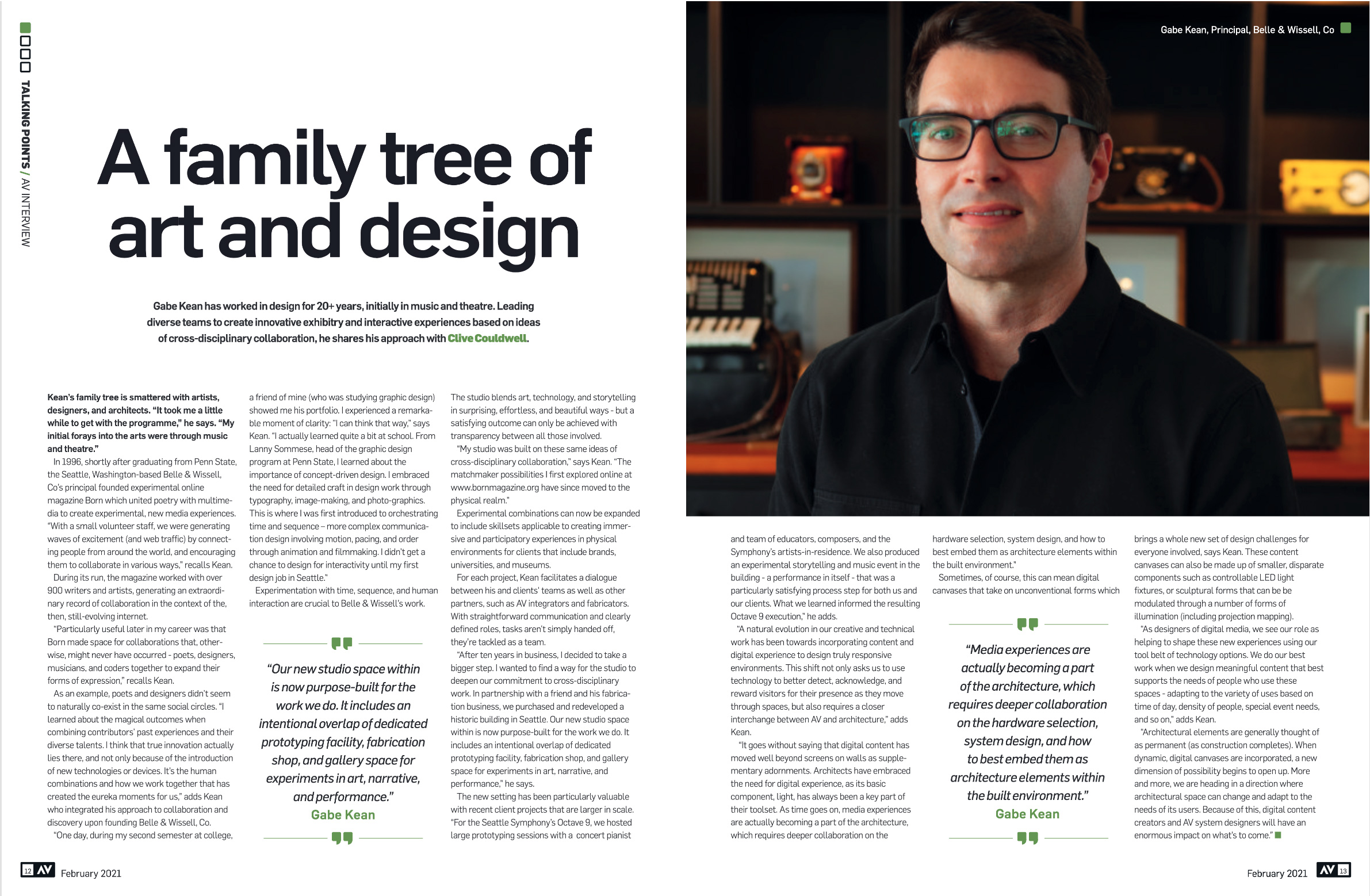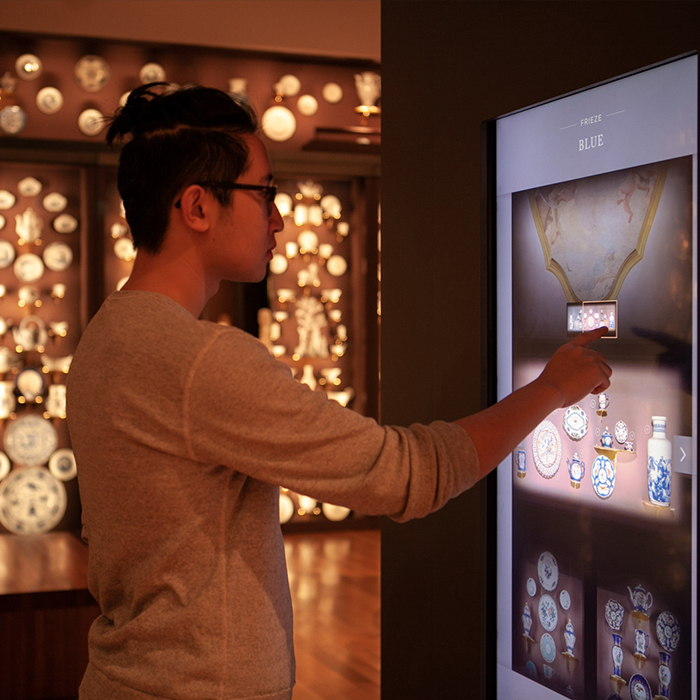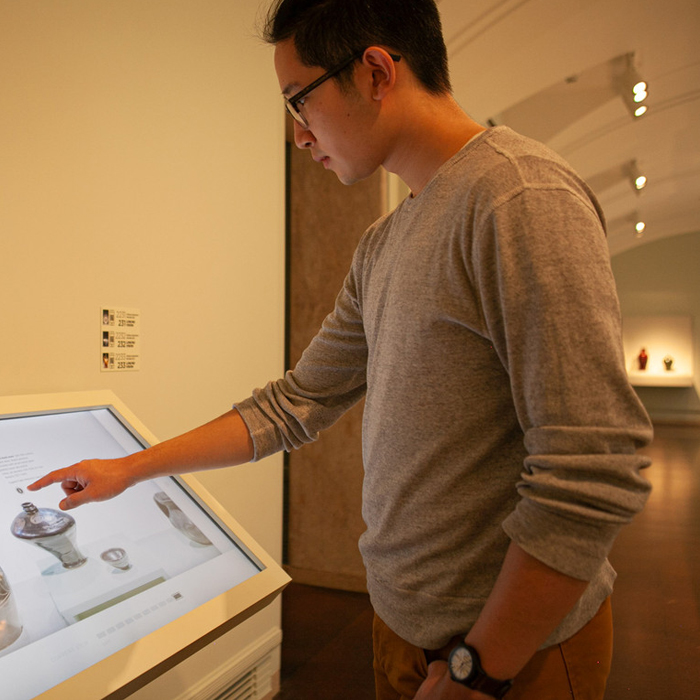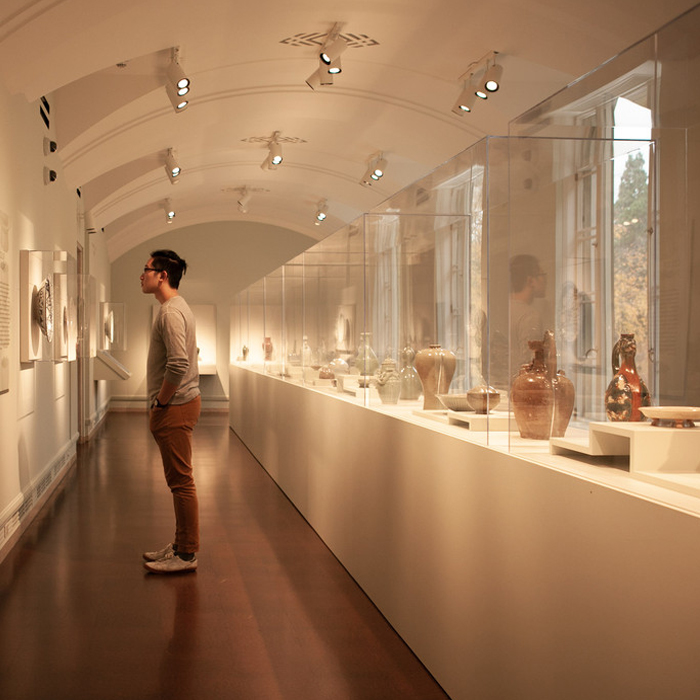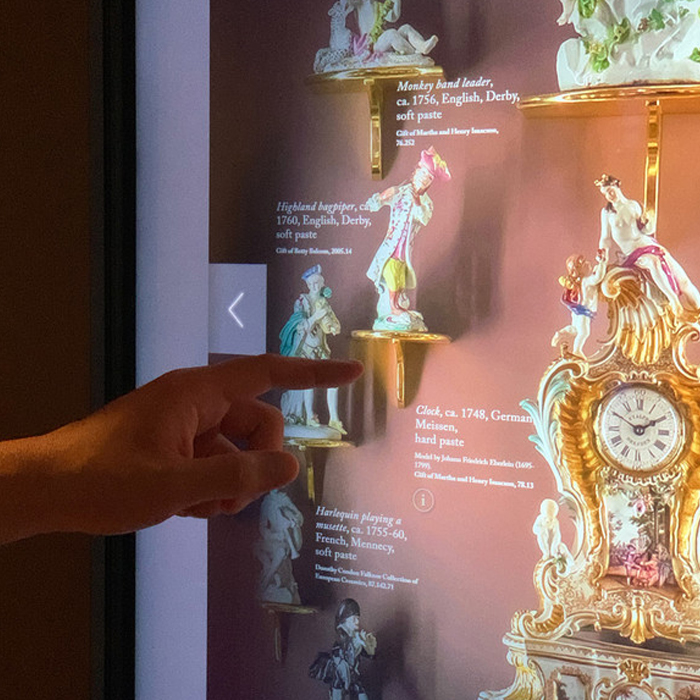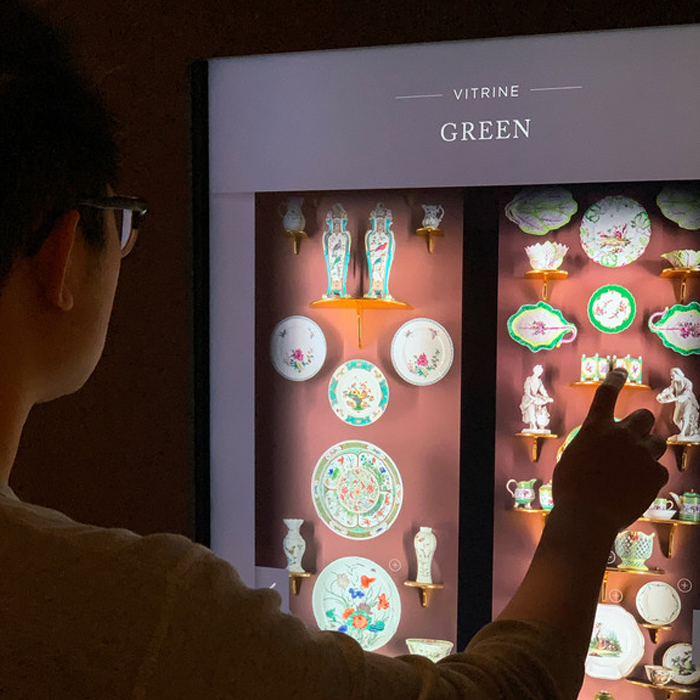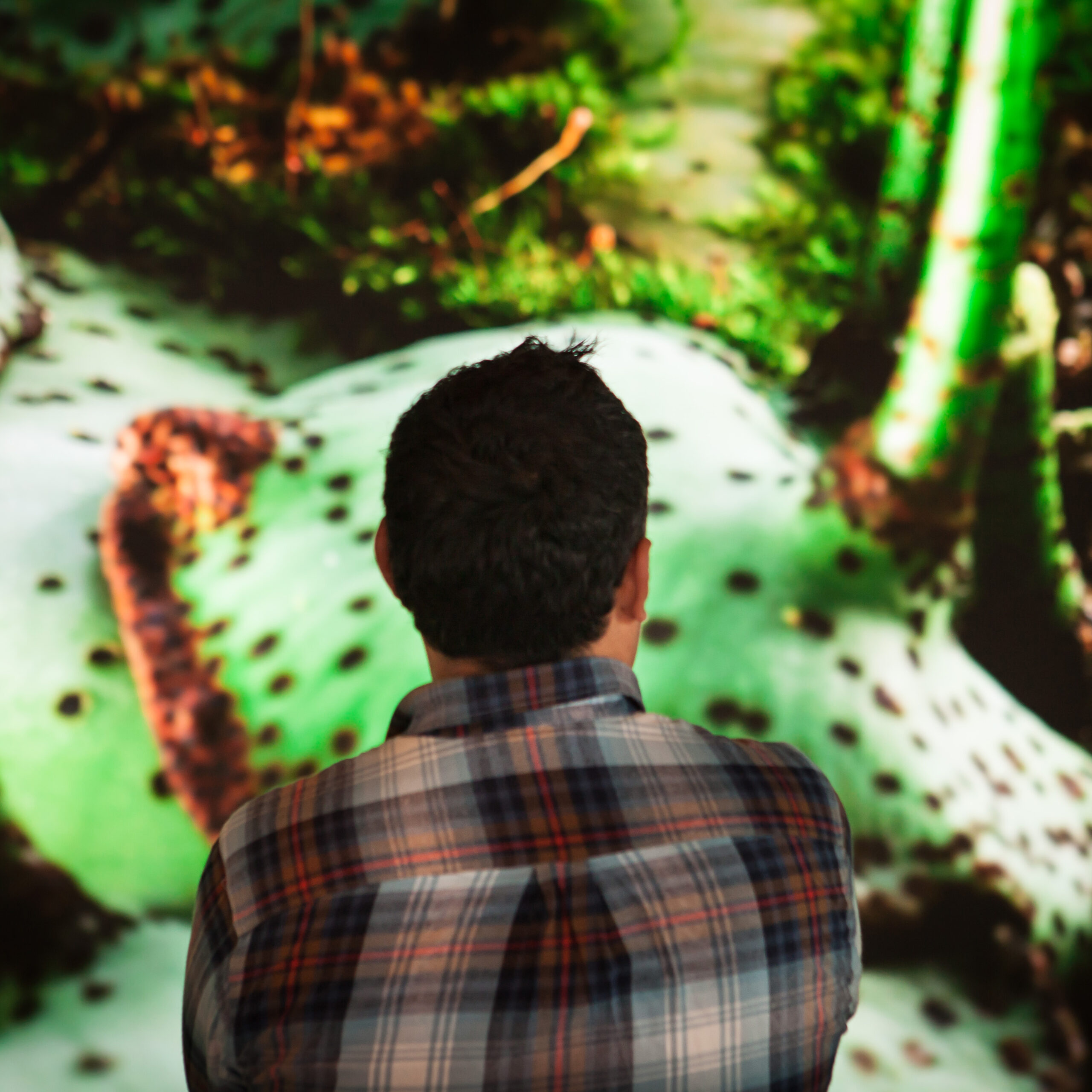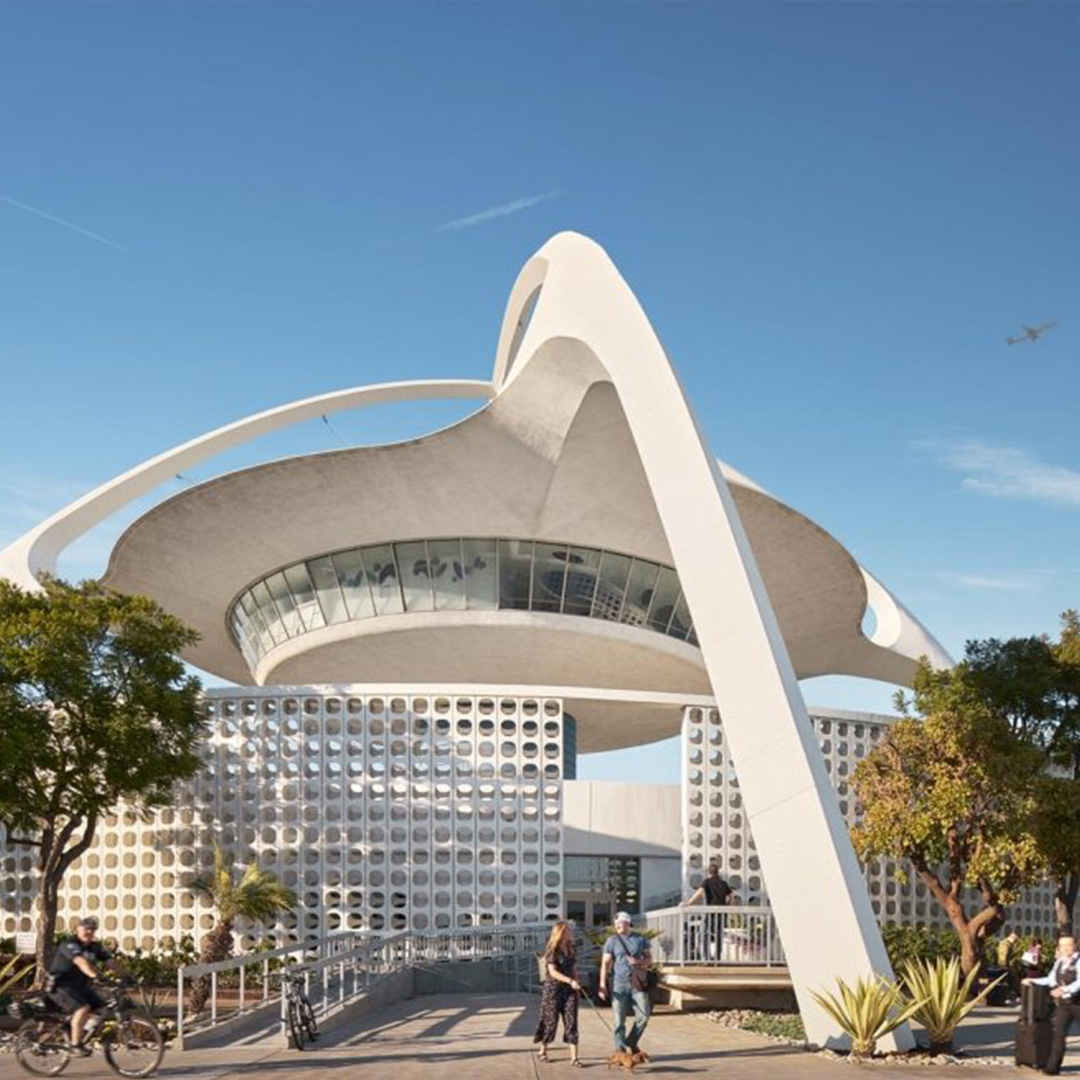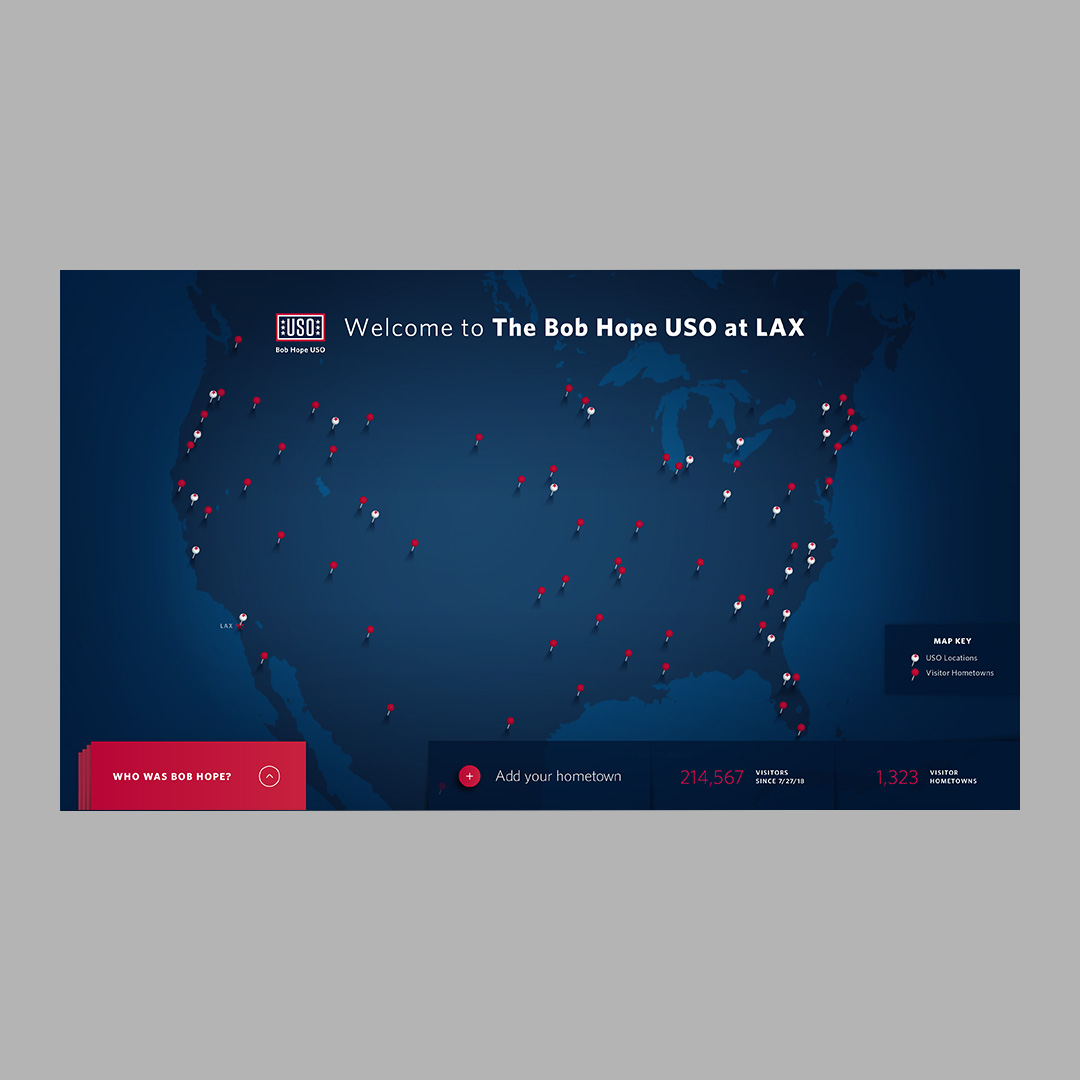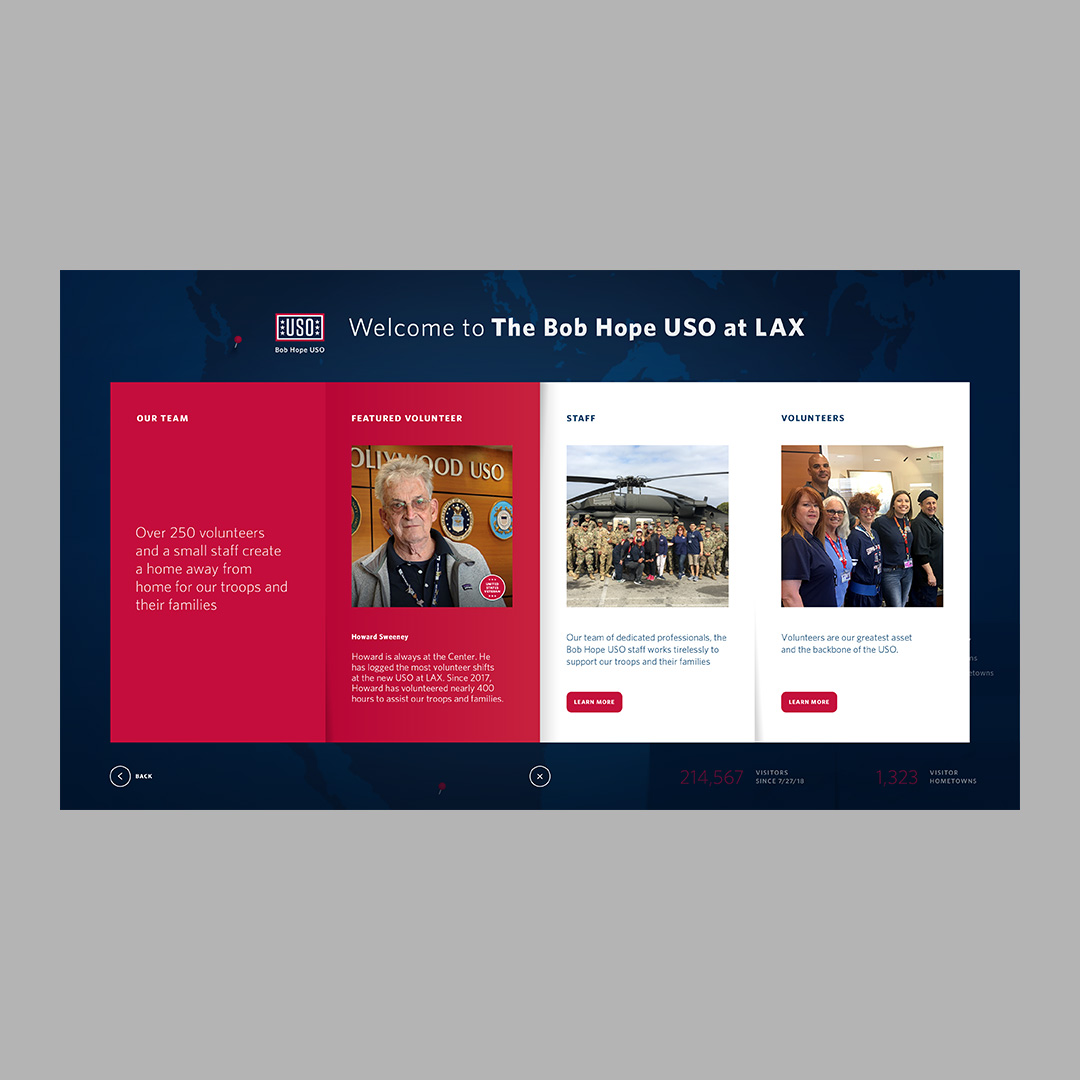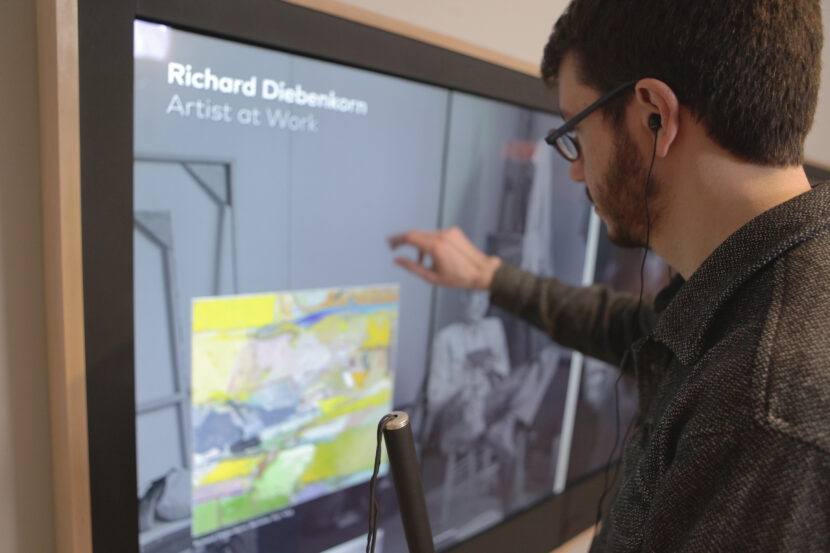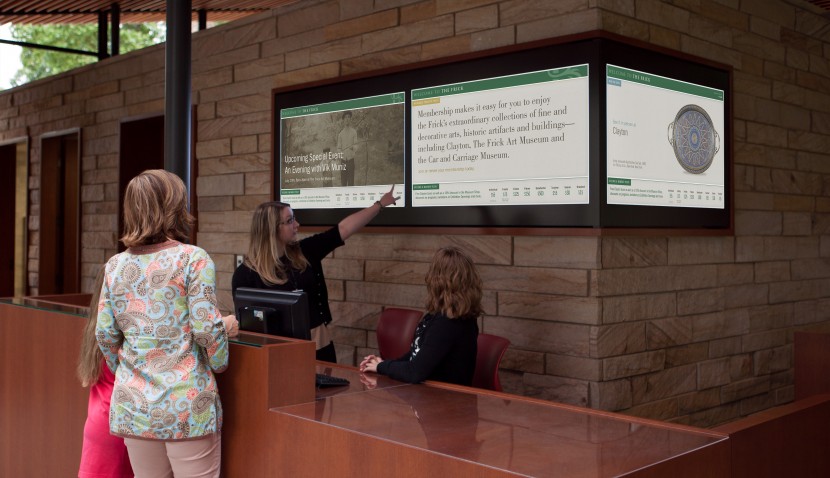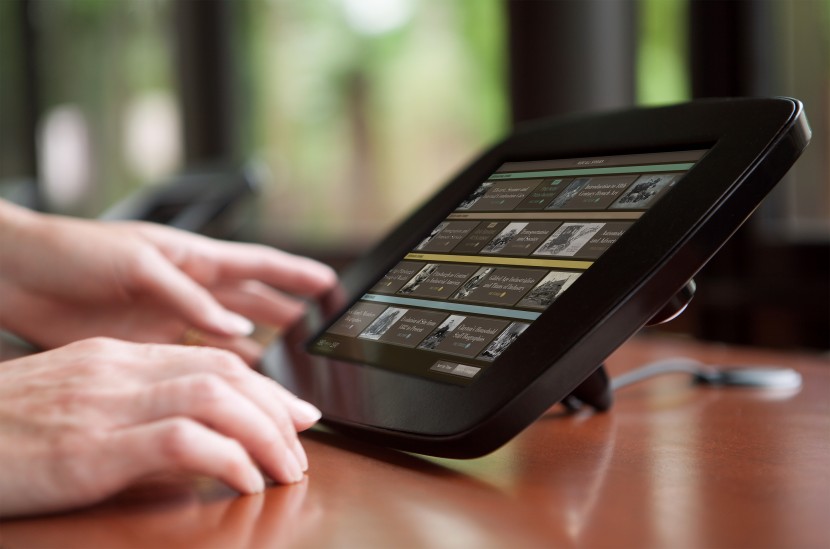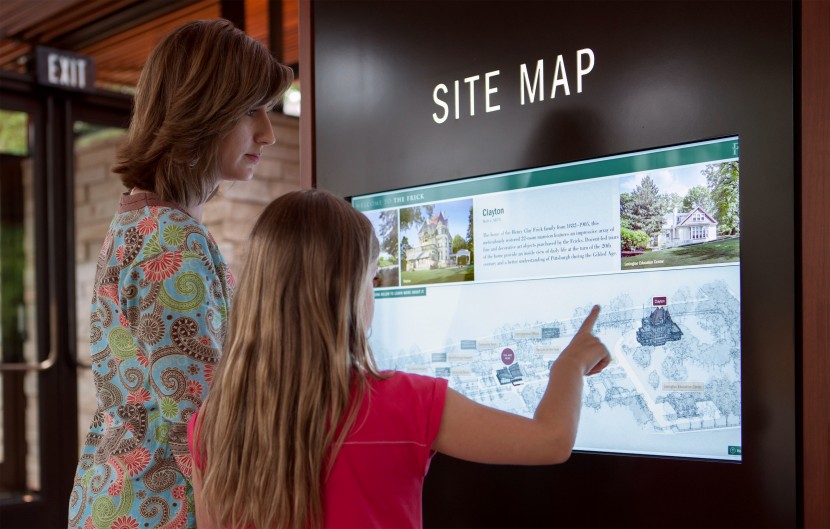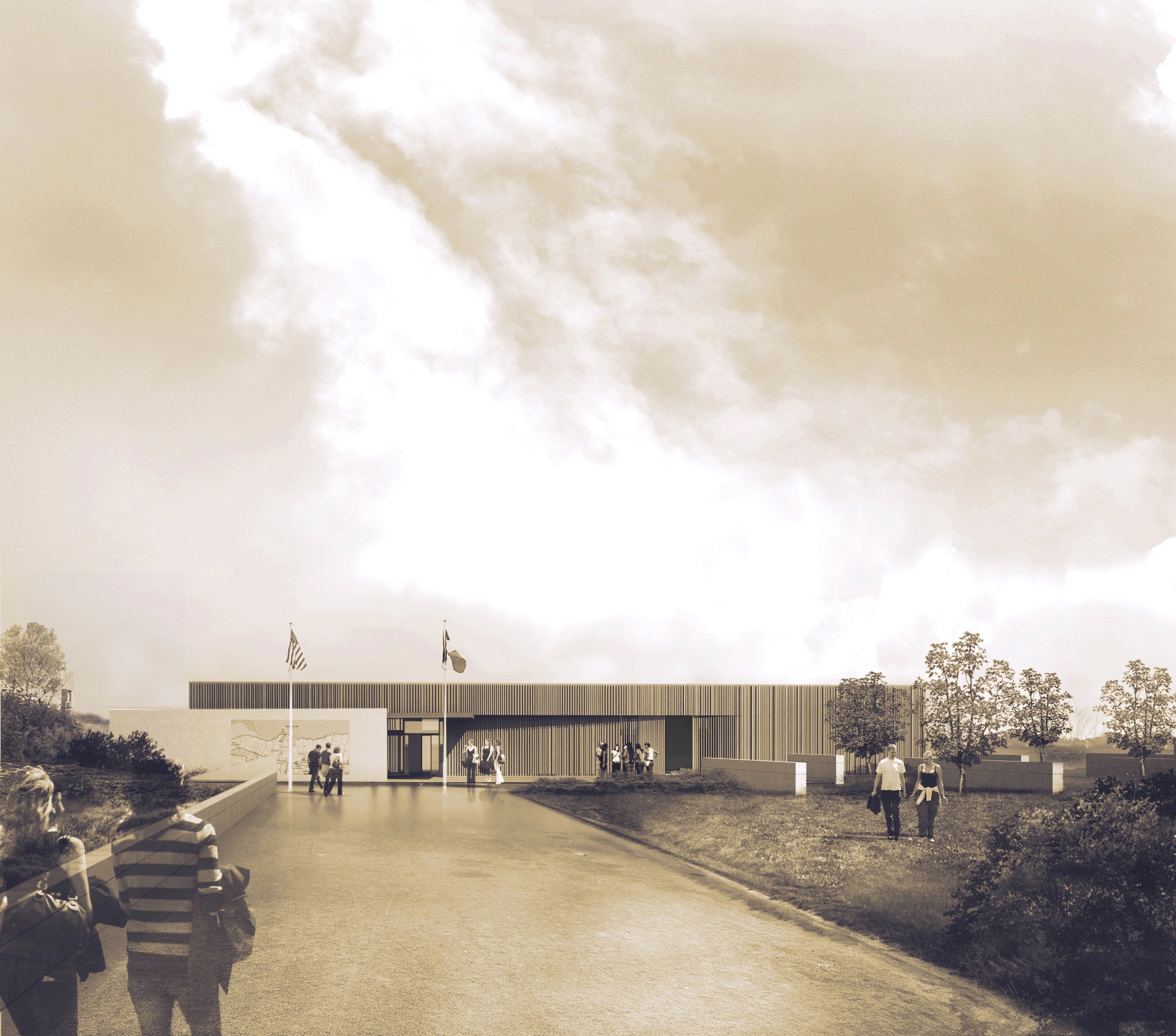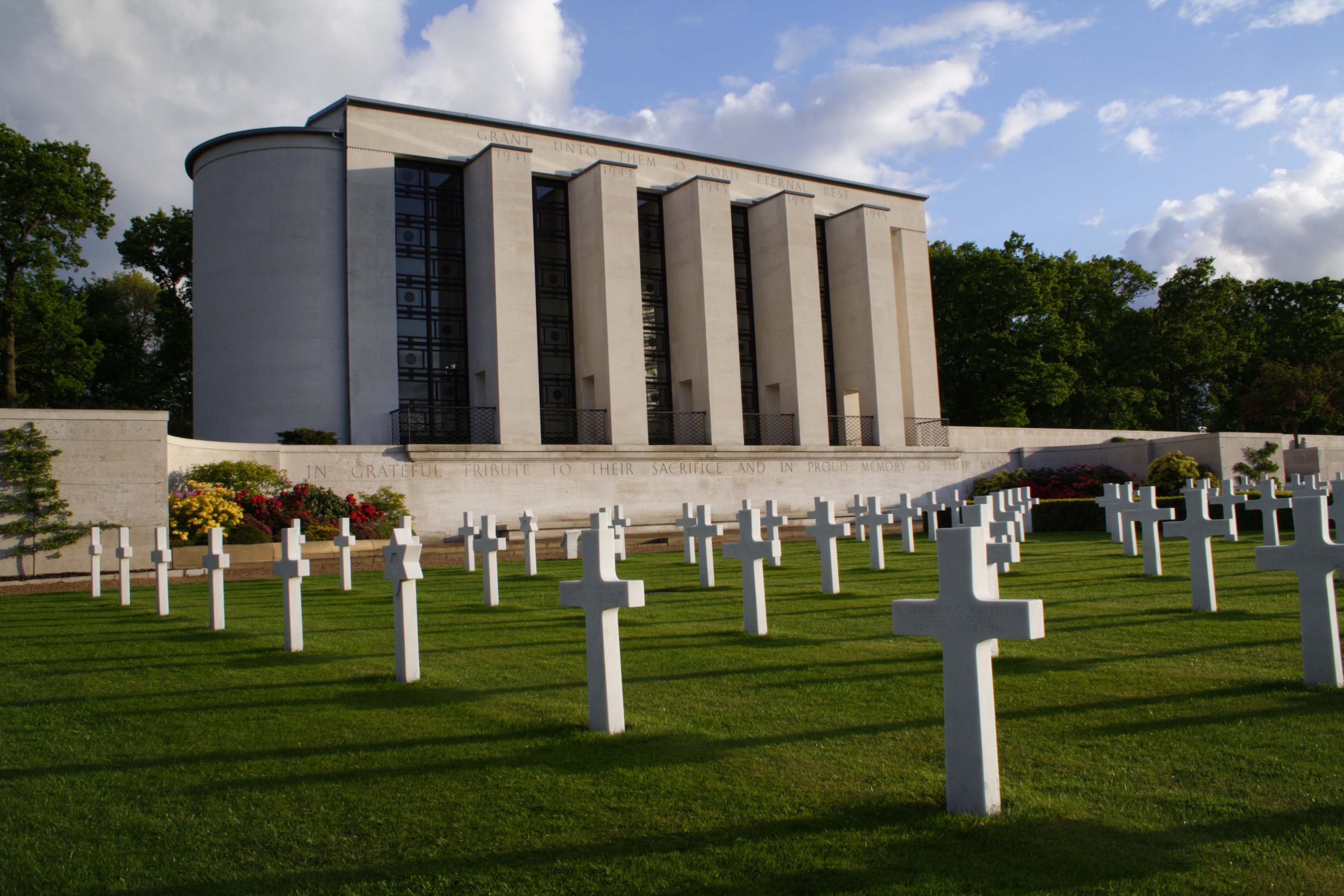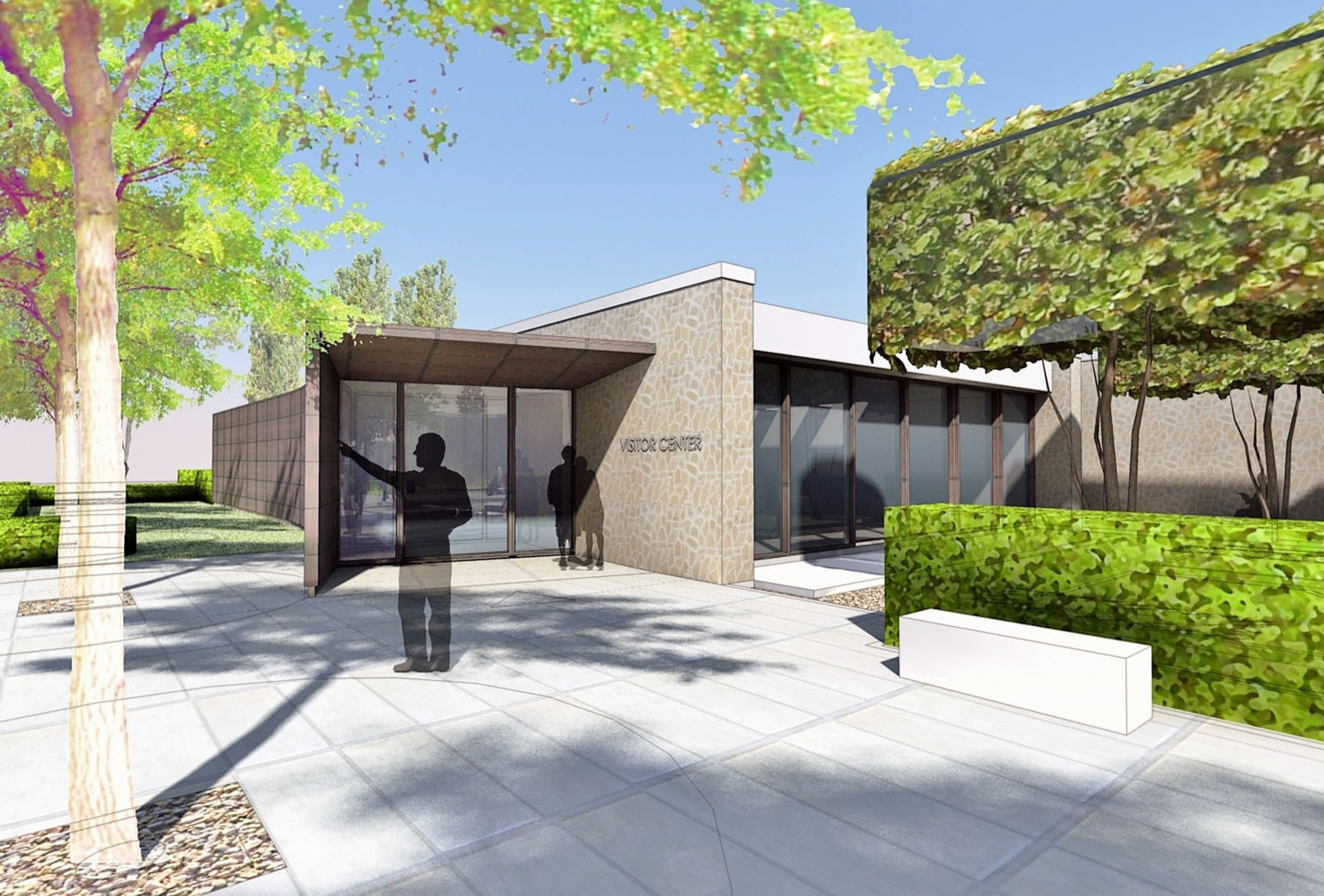Founder and Principal Gabe Kean is featured in the latest issue of AV Magazine. The article places an emphasis on cross-disciplinary teams, and how media experiences can truly merge with architecture. The feature also includes some backstory on Kean and what he feels is a practical approach to generate innovation—and it isn’t the release of new tech gear.
Available now in both print and digital versions.
We prioritized flexibility for our friends at the Seattle Art and Asian Art Museums—creating a digital guide that serves two distinct environments and collections. A touchless mode allows for use even during the pandemic. Get a closer look here.
Connecting with nature is more important than ever to our mental health. Research has shown that “forest bathing,” the Japanese practice of shinrin-yoku, can lessen anxiety and improve wellbeing.
We designed an immersive media experience at Understory that provides an up-close look at Amazon’s world-class botanical collection.
Special thanks to project partners Studio Matthews, JREMco, Graham Baba Architects, NBBJ, AVI-SPL, YCD Multimedia, and Planar Systems, Inc.
Located at over 250 locations worldwide, USO is the nation’s leading charitable organization serving active-duty service members and military families.
The team at Belle & Wissell created an interactive experience for the newly renovated Bob Hope USO at LAX. It warmly welcomes troops and their families, and asks them to add their hometowns to a digital map.
Learn more about this project.
Architectural design by Gensler.
Belle & Wissell was asked to design and deploy a computer-driven, dynamic digital signage system to support experimental venue Octave 9. The Octave 9 Multiplex is the key ingredient in activating the streetscape outside Benaroya Hall.
Using a custom-built CMS to populate content templates, the Symphony can promote performances with a cohesive typography system and playful, animating color schemes. Learn more about Octave 9 and its digital signage system.
How do you make an art museum accessible to the visually impaired? Working closely with the San Francisco Museum of Modern Art and accessibility consultant Sina Bahram, the team at Belle & Wissell developed a system that allows everyone to explore artwork through an interactive, audio-rich experience—the first of its kind in an American museum.
Learn more about Eyes-Free Mode at SFMOMA.
Belle & Wissell’s new interactive media experience—the Tribute Wall, located at UW’s Paul G. Allen School of Computer Science & Engineering—invites the next generation of innovators to the new Bill & Melinda Gates Center. The video wall’s distinct ambient and story modes welcome visitors of all ages and interests.
The Tribute Wall’s abstract visualizations provide a tranquil, yet active, backdrop for the Center’s bustling foyer. When a visitor approaches, story cards (prompted by embedded motion sensors) automatically appear, offering engaging narratives with the tap of a finger.

Bill Gates views Tribute Wall content during the new Center’s Dedication Event in February 2019. Credit: Matt Hagen/Paul G. Allen School of Computer Science & Engineering
Visitors can explore a vast selection of stories pertaining to Computer Science & Engineering (CSE), sorted into five themes: CSE at the University of Washington, Diversity in the field, Innovation in the Pacific Northwest, and the accomplishments of Bill & Melinda Gates and Paul G. Allen.
These final two topics trace a familiar Pacific Northwest history. Though it was founded in Albuquerque, Microsoft was born and built in Seattle. Bill and Paul first met at the Lakeside School Programmers Club, where the boys—then age 14 and 16—bonded over a love of computing. With help from the Lakeside Mothers’ Club, the students purchased a Teletype Model 33 and access to a GE timesharing computer. These early experiences laid the foundation for Bill and Paul’s decades-long collaboration.

Bill Gates addresses attendees, retelling his and Paul Allen’s early exploits at the UW Computer Science & Engineering Department. Credit: Mark Stone/University of Washington
Listen to an excerpt from Bill Gates’ remarks here.
The Bill & Melinda Gates Center was made possible by a group of local philanthropists and early Microsoft employees, affectionately dubbed the “Friends of Bill & Melinda.” Their investment will help the Allen School continue its work furthering diversity in the field. Already the Allen School is a leader among universities, with twice the national average of women graduates in CSE. Outreach to K–12 students, programs for disabled, Eyes-Free, and hard-of-hearing or Deaf communities, and women’s mentorship groups are some of the ways the Allen School is building a more representative field.
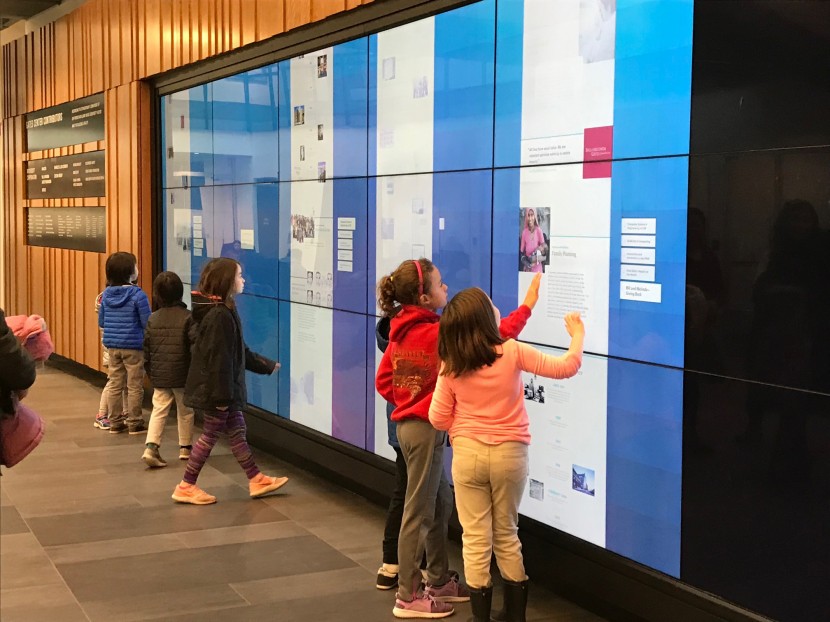
Some smaller visitors—perhaps future Allen School students—explore the Tribute Wall. Credit: Hank Levy/Paul G. Allen School of Computer Science & Engineering
Belle & Wissell built a CMS to allow for easy updating and additions to Tribute Wall content. Stories refresh every quarter, including news from the Allen School on the undergraduate community, award winners, and new research from graduate students and faculty.
Belle & Wissell joined Mark Bashore and Katrina Crawford of Yonder on the experimental web experience, RadioEight. With support from the Gates Foundation, RadioEight aims to enhance our international community through universal experiences: the subconscious dreams of children.

The web experience opens with an introduction to the project.
RadioEight collects dreams from children around the world, inviting users to expose the commonalities—and differences—among them. A corresponding video podcast with themed episodes of dream accounts, curated ambient tracks, and transcribed translations can be accessed on all mobile devices at m.radioeight.net, or via iTunes.
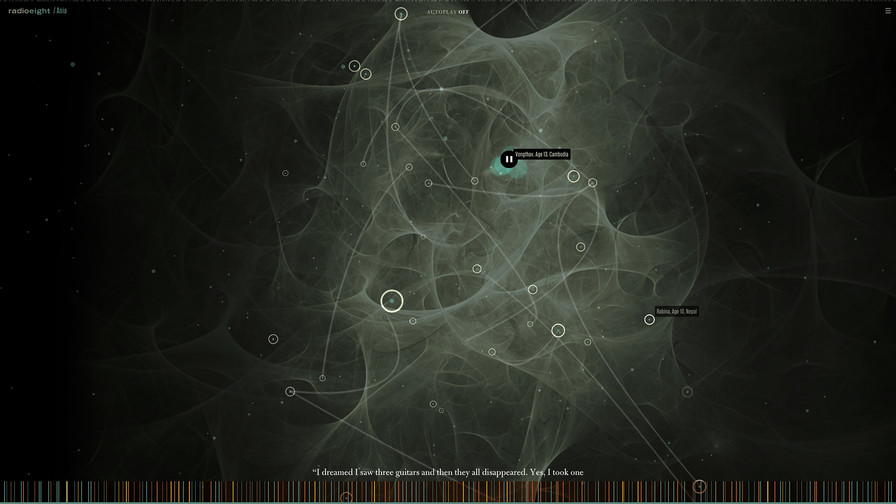
When a dream is selected, the audio recording (accompanied by text transcription) plays.
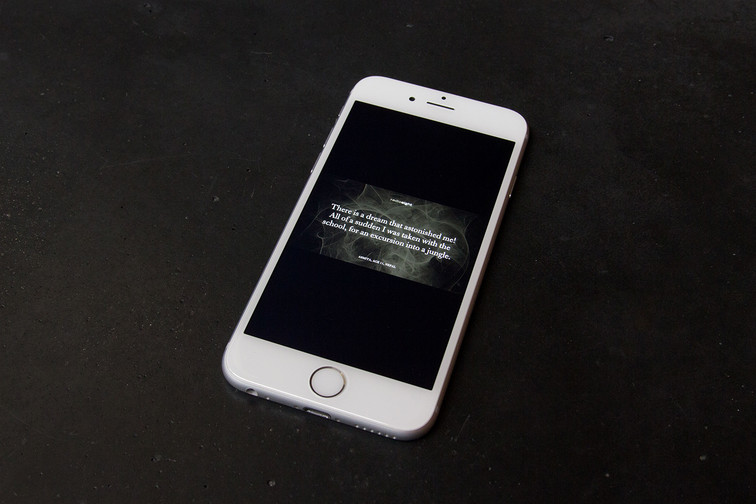
Podcasts present a single theme, curating dream accounts from the larger web experience. Each episode features ambient sounds and music.
The immersive web interface is meant to evoke dreamscapes and neuropathways, and features an original soundtrack of music and ambient sounds. Belle & Wissell designed and built the site, employing 3D simulation and particle systems.
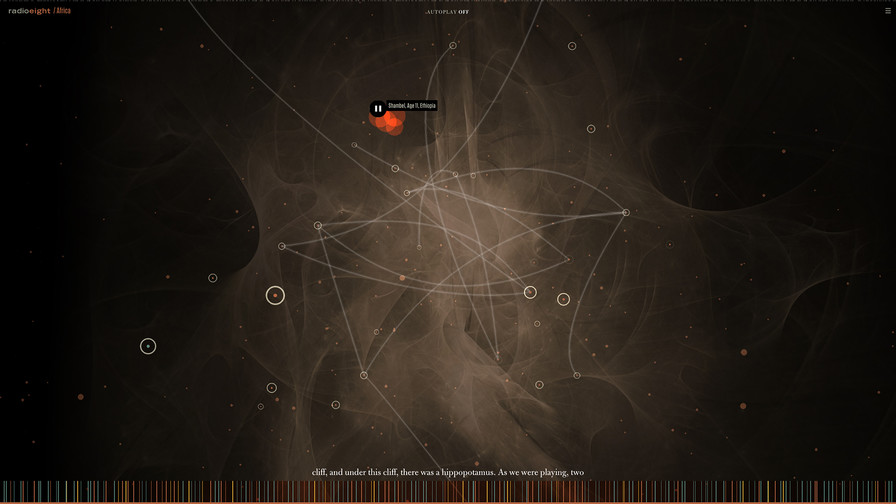
Dreams are color-coded by geographic region.
Kids ages 7–13 are encouraged to submit their own dreams to this experience; visit radioeight.net/#submissions for instructions on how to participate. Check out RadioEight’s video podcast here.
An elegant and enlightening new building opened to the public on July 19th in Pittsburgh. This space was designed for a particular purpose: orienting visitors with interactive wayfinding, and connecting visitors to The Frick Pittsburgh’s exciting collections of art and artifacts. Across their campus, visitors can explore an art museum, a car & carriage museum, and the splendid historic mansion (Clayton)—where famed Pittsburgh industrialist Henry Clay Frick and his family resided.
The Frick invited Belle & Wissell to the team in 2012 to craft digital wayfinding and participatory educational experiences for the new orientation center. In collaboration with lead architect Jon Traficonte from Boston architects, Schwartz/Silver, and The Frick’s internal team—Belle & Wissell designed and engineered a suite of interactive projects that are all gracefully featured in the building’s interior design.
The Frick Multiplex is a media installation made up of three large displays that present exhibition and event information as well as admissions and membership content.
Frick CollectionView is an installation of large, adjacent multi-touch tables where visitors can manipulate and share highlights of The Frick collection. Kids can also explore categories such as special collections and even categories made just for their age group.
StoryView is a system of Frick stories presented through an interactive book-like interface on a set of four iPads (in the Learning Lounge area). Each story is accessed via a visual timeline interface that contains Frick scrapbooks and a range of media presentation, with stories crafted by The Frick’s education and curatorial teams.
The Frick Interactive Map is a touch-based wayfinding interactive that presents an overview of the campus, previews Frick buildings and displays, and demonstrates the best routes (and estimated walking times) for each.
Through this interactive orientation center, Frick Pittsburg’s visitors are now better connected with the array of museum offerings and participate in the learning environment to create lasting memories.
Learn more about The Frick Orientation Center from these articles:
http://www.nextpittsburgh.com/news/frick-opening-orientation-center-with-interactive-screens/
See more images on Belle & Wissell’s project page.
Belle & Wissell (in partnership with Dog Green Productions) has created a suite of new interactive media projects for three new visitor centers in Europe—all are new initiatives from the American Battle Monuments Commission (ABMC). Project previews are now available on the Belle & Wissell website.
As part of the 70th anniversary of the Allied Forces’ Normandy invasion in 1944, ABMC has just opened the Point du Hoc Ranger Memorial (Normandy, France), where the dramatic multimedia story is told: Army Rangers heroically fought and scaled the massive bluffs and took out the Germans’ long-range guns—having a significant impact on the outcome of the invasion. President Obama is expected to visit in early June as part of the 70th anniversary festivities.
On Memorial Day in Cambridge, England (1 hour north of London), another American visitor center just opened which includes the interactive stories of the Battle of the Atlantic Campaign, The Strategic Bombing Campaign, and a World War II Timeline.
Meanwhile, in the beach town of Nettuno, Italy (1 hour south of Rome), another new Rome-Sicily Visitor Center opens, and includes multiple interactive campaigns and timelines–among traditional exhibit elements.
Visit the American Battle Monuments Commission website for information about visiting these memorials.Project previews are now available on the Belle & Wissell website.

